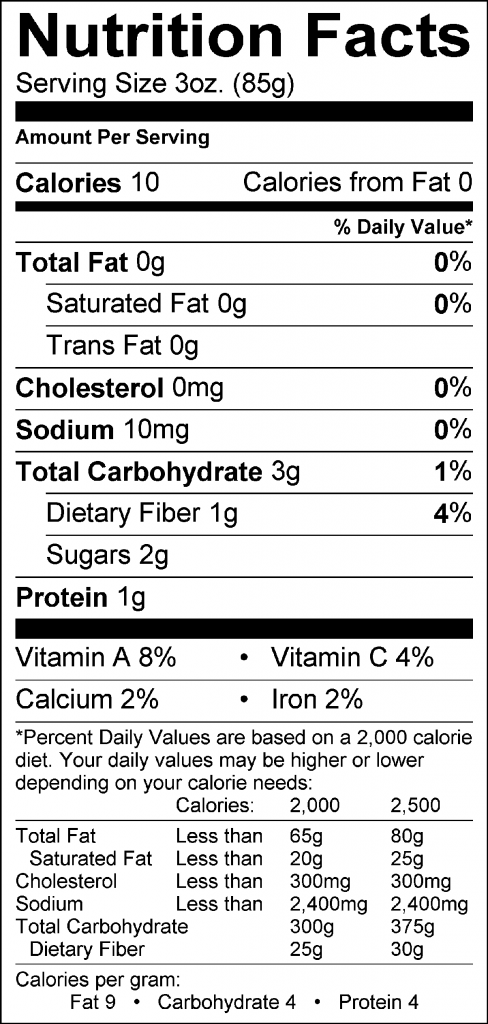While there are many, many types of lettuce, we are going to focus on the most common types that our audience is likely to incorporate or come across in daily life.
A lot of times, leaf lettuce is looked to being made of pure health, because of the related saying, “eat your leafy greens.” Indeed, the health is there, but leaf lettuce comes in branches from a single stalk. It is tender, purple or green, and vulnerable to going bad quickly due to its thin and fragile physical state. Romaine lettuce is also quite common, with a firm stalk of long leaves with ruffled edges at the top. Iceberg lettuce is commonly a favorite among people because of the crunchy texture. Although it is still part of the lettuce family at the end of the day, due to its lighter color, it is not as flavorful or nutritious as darker leafed lettuce because the water content is much higher in iceberg lettuce -whereas leafy lettuce is much denser and packed with nutrients. Butterhead lettuce is also standard green lettuce you can spot in just about any store. Butterhead has leaves that are shaped in almost a cup-like form – which makes for excellent lettuce wraps!
As we move through the lettuce ranks, we begin to get into the kale, arugula, and spinach types. These are the more dark and bitter lettuces, and also some of the healthiest ones. Some believe kale is not to be classified as “lettuce,” but because of the leaves and the incredible amount of vitamin A and C, iron and calcium, many do consider kale as lettuce or alternative to lettuce. Arugula is on a spectrum of its own – not only are the leaves quite small and short without much ‘meat’ to them, they are naturally bitter lettuce, and typically need acidic dressings to offset the bitterness. You can typically find arugula at higher-end restaurants in salads and sandwiches, as it is preferred to more dense lettuce types when it comes to primarily featuring other flavors in the dish.
Ah, spinach. Can you even go wrong? Not likely. Spinach and kale often rival each other as a base in smoothies and as a preferred texture. There is no doubt both bring essential amounts of vitamins, minerals, and nutrients to the table. Frequently, it comes down to preference and texture for most people.




